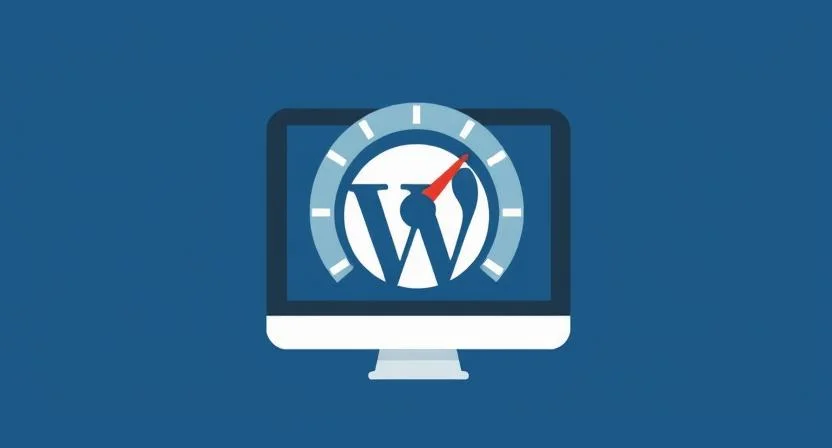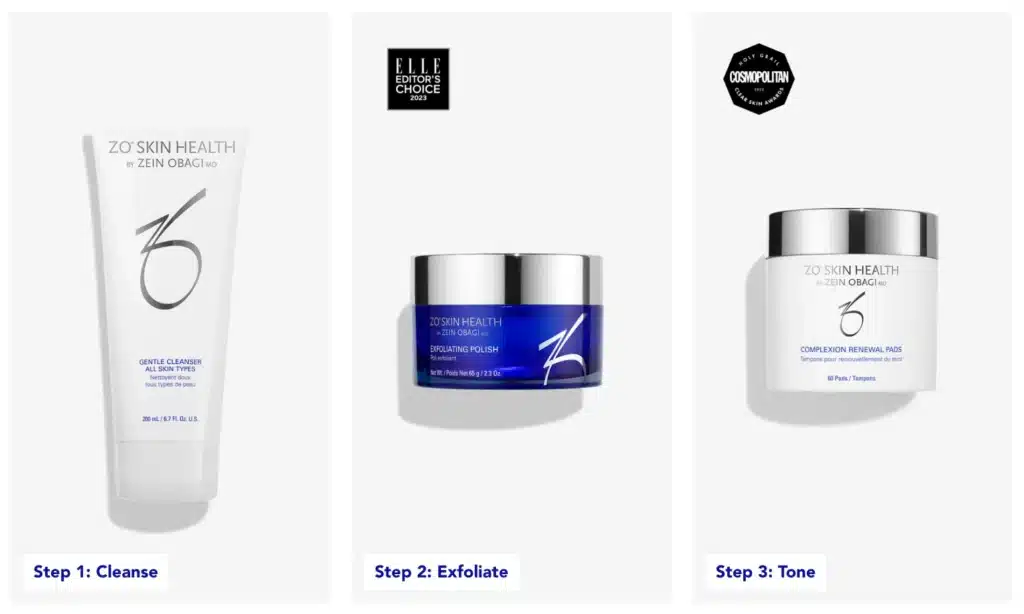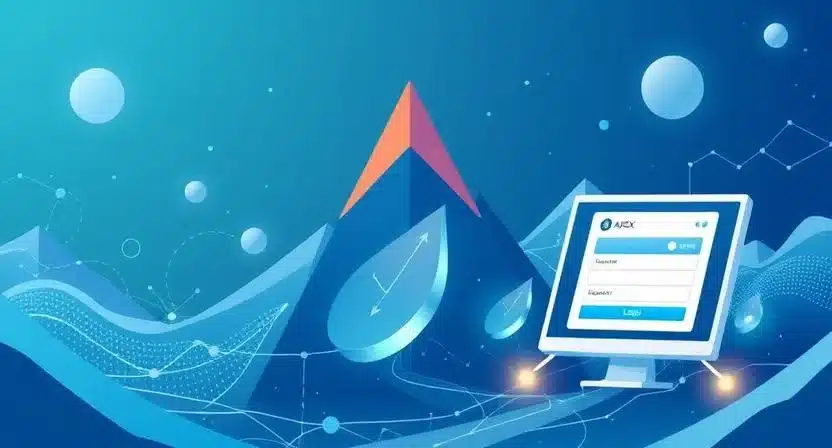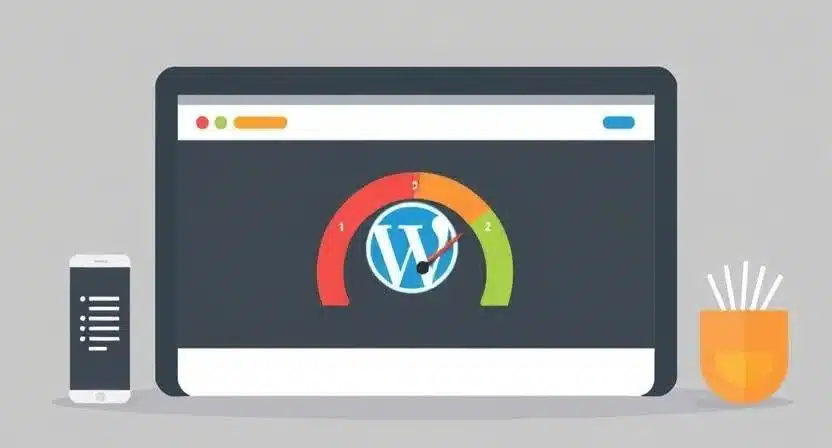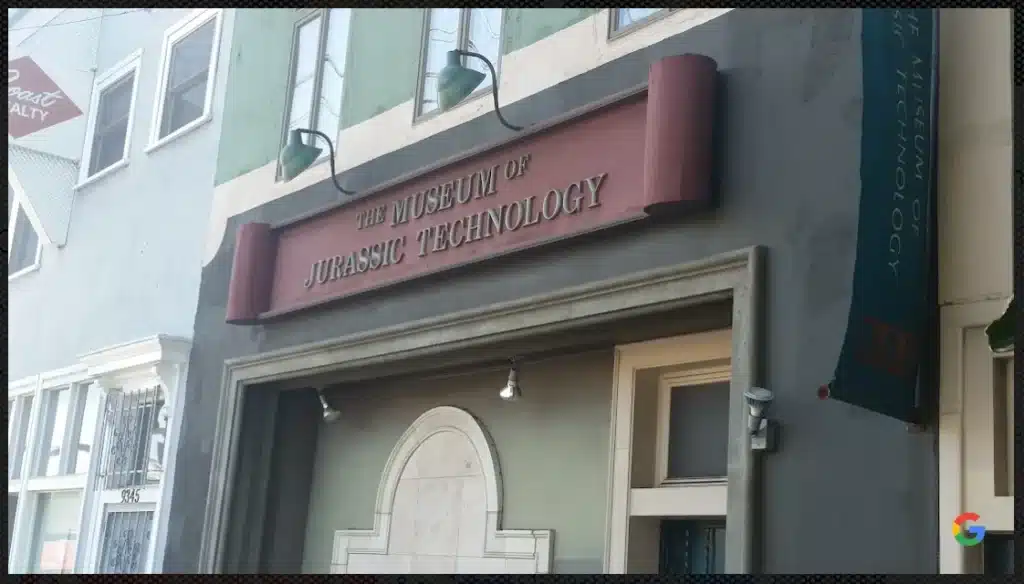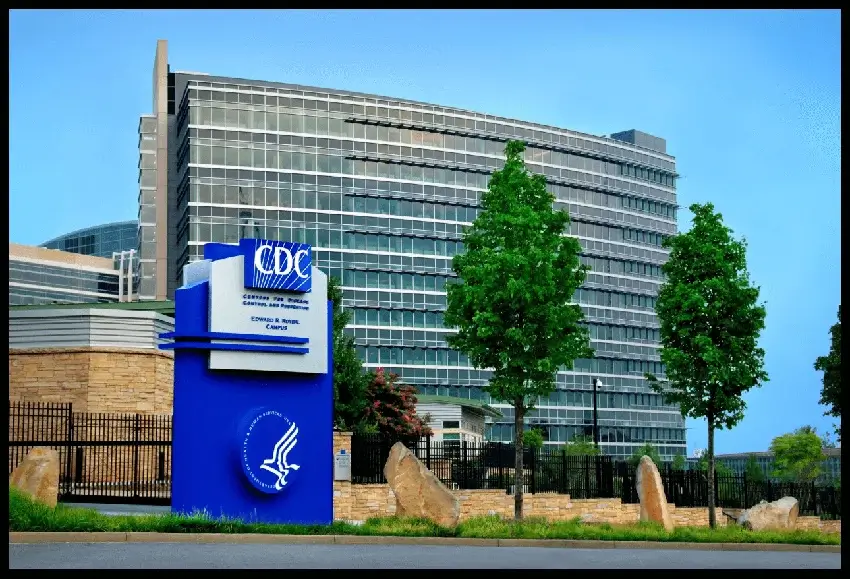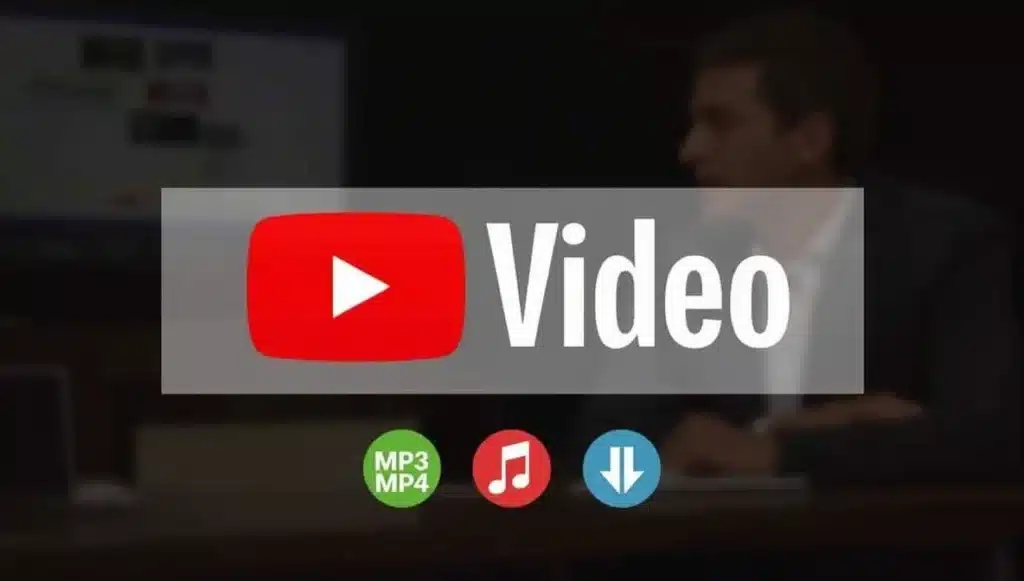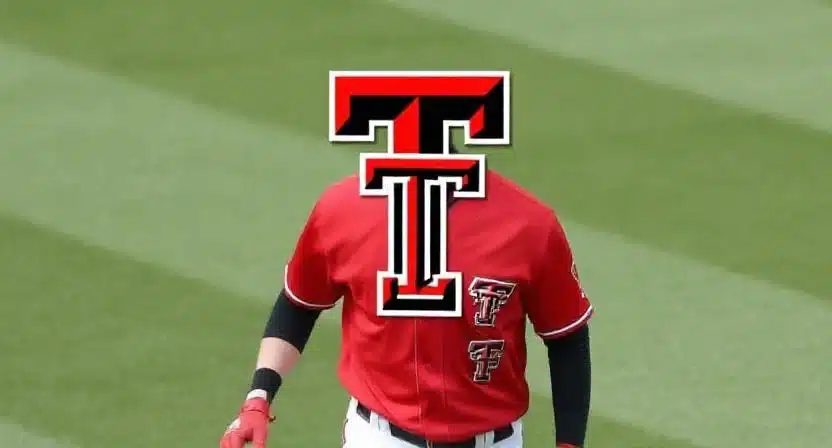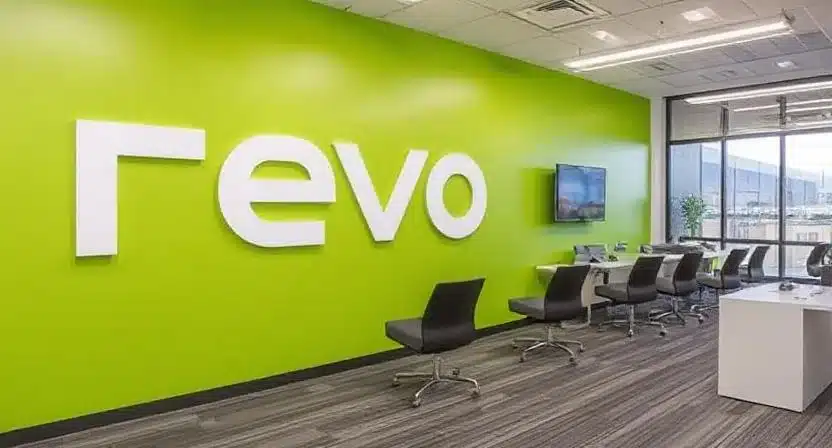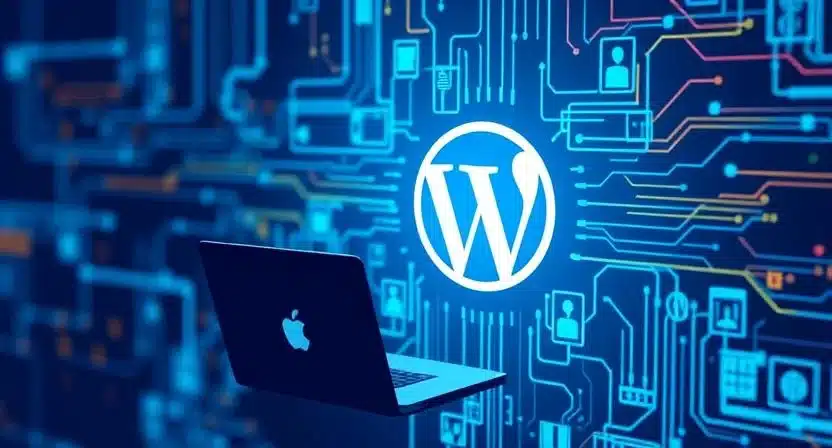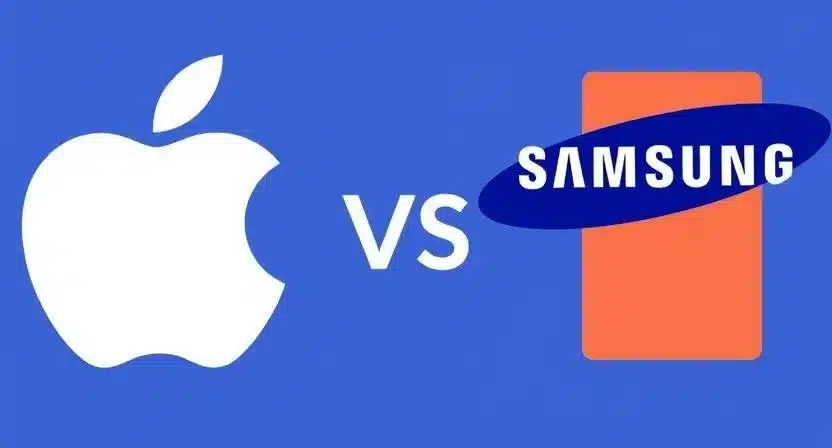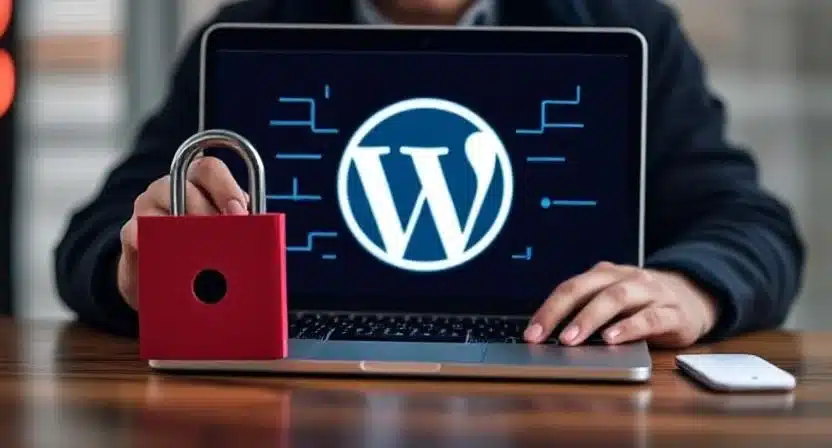How to Recover from a Google Penalty for Unnatural Links?
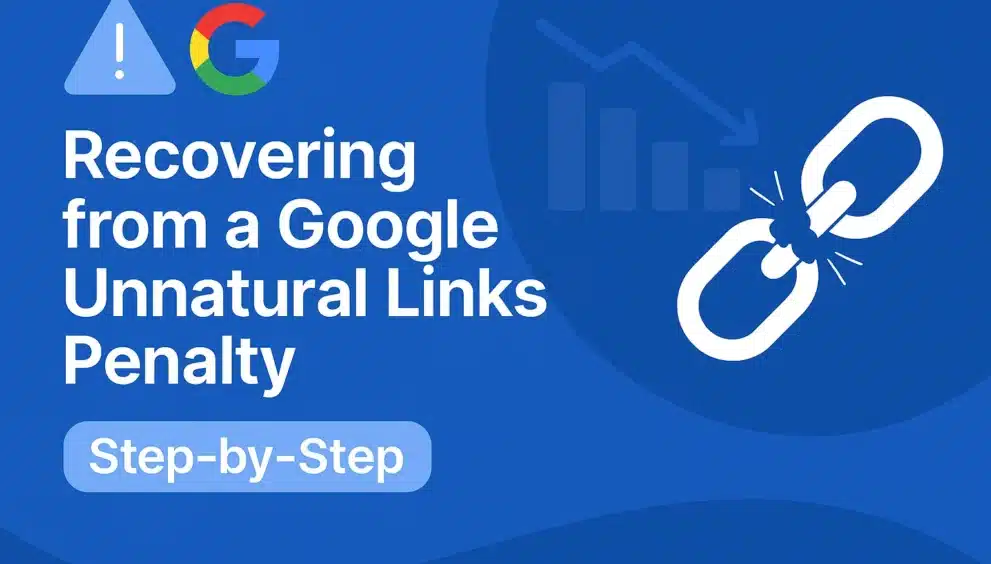
Getting hit with a Google penalty—especially one tied to unnatural links—can feel like a gut punch. One day, your website’s traffic is healthy, the next it’s taken a nosedive. Whether you’re seeing the dreaded “Manual Action Penalty” message in Google Search Console or you’ve simply noticed a sharp drop in your rankings (hello, Penguin algorithm), it’s time to act.
Let’s walk through the steps to recover from a link penalty, clean up your link profile, and get back on the right side of Google—step by step.
Step-by-Step Guide
1. Identify the Type of Google Penalty (Manual vs Algorithmic)
Before you take action, you need to understand what you’re dealing with. There are two types of search engine penalties related to unnatural links:
- Manual Action Google Penalty: You’ll receive a clear notification in your Google Search Console. This means a human reviewer flagged your backlink profile for violating Google’s Webmaster Guidelines.
- Algorithmic Penalty: These are more subtle. No warning. No message. Just a sudden traffic drop. Often triggered by updates to the Penguin algorithm, which targets link schemes, paid links, or anchor text over-optimization.
🔍 Pro Tip: Always monitor your messages in Google Search Console. If you see a “Manual Actions Report” flagging unnatural links, you’re dealing with a manual penalty.
2. Conduct a Comprehensive Link Audit
Next, you need to audit your backlinks. This means digging into your link profile to uncover spammy, irrelevant, or suspicious links.
Best Tools for Link Audits:
- Google Search Console
- Ahrefs
- SEMrush
- Moz
- Majestic
When reviewing each backlink, ask yourself:
- Is it from a relevant or authoritative site?
- Does the anchor text look natural?
- Is the link part of a link exchange or private blog network?
- Is it clearly part of a link scheme?
👎 Bad signs: Low-quality directories, foreign language spam sites, anchor text like “cheap payday loans,” or exact-match keyword spam.
✅ Good signs: Editorial links from relevant blogs, media sites, partners, or natural mentions.
3. Remove or Disavow Bad Links
Once you’ve identified the toxic backlinks, it’s time to clean them up.
👉 First, try link removal:
Reach out to the webmasters of the sites hosting the spammy links. Ask them politely to remove the link or add an nofollow attribute.
Yes, it’s a bit tedious—but worth it. Manual cleanup looks better in Google’s eyes.
👉 For stubborn links, use the Disavow Tool:
If you can’t remove them, create a list of the links/domains you want Google to ignore and upload it via the Disavow Tool.
📁 Your disavow file should follow this format:
domain:example.com
# Reached out on 2025-04-15, no response
Important: Only disavow links you are 100% sure are harming your site. Disavowing good links can hurt you further.
4. Submit a Reconsideration Request (Manual Penalty Only)
Once your cleanup is complete, it’s time to tell Google about your hard work.
In Google Search Console, go to the Manual Actions section and click “Request Review.”
Your reconsideration request should:
- Explain the issue honestly
- Describe what steps you took (audits, emails, disavows)
- Include proof (emails to webmasters, screenshots, cleanup logs)
- Show commitment to staying within Google’s guidelines
📌 Example of what to say:
“We identified 47 unnatural links that were violating Google’s guidelines. We successfully removed 30 of them and submitted a disavow file for the remaining 17. We are committed to ethical link building moving forward.”
How long does penalty recovery take?
Google typically responds within a few days to a few weeks. Watch for updates in Search Console.
5. Monitor Your Site’s Performance
After submitting your request, it’s time to wait—and watch. After submitting, must focus on the Site’s Performance on a regular basis.
Keep an eye on:
- Search rankings (Google Search Console)
- Organic traffic (Google Analytics)
- New backlinks (Ahrefs/SEMrush)
If your penalty is lifted, you should see a gradual improvement. If not, you’ll get a message from Google suggesting further action.
Don’t stop here—this is just the turning point, not the finish line.
6. Build Natural and High-Quality Links
To prevent future penalties, you need to shift your strategy. Forget shortcuts. Focus on earning links, not buying or exchanging them.
✅ Do:
- Publish high-value content that people want to reference
- Reach out to relevant bloggers for editorial mentions
- Create infographics, case studies, or tools
- Get listed in legit industry directories
🚫 Don’t:
- Use exact-match anchor text excessively
- Participate in link exchanges
- Buy backlinks or guest posts at scale on spammy sites
It’s not just about “more links”—it’s about the right links from trustworthy sources.
7. Here’s What Else to Consider
Prevent Future Penalties:
- Regularly monitor your backlinks
- Set up alerts in tools like Ahrefs or SEMrush
- Educate your team or SEO agency on Google’s Webmaster Guidelines
- Avoid risky link-building tactics (PBNs, automated tools, shady guest posting)
Understand the Difference:
- Manual vs Algorithmic Penalty: Manual has a message. Algorithmic doesn’t—but the impact is real.
- Disavow vs Removal: Google prefers you try to remove links first. Disavow is for when that fails.
Need Help?
If you need help related to Google penalty recovery services or you need a Google penalty recovery consultant, then don’t worry, you can contact HINTSOL, and they will definitely solve your problem.
Final Thoughts
Recovering from an unnatural links penalty is tough—but it’s totally possible. The key is transparency, effort, and a shift to ethical SEO practices. Whether you’ve been hit by Penguin or received a manual action penalty, following the above steps can get you back on track and even stronger than before.
Once your recovery is complete, link auditing is a regular part of your SEO strategy. Penalty removal isn’t a one-time fix—it’s an ongoing commitment.






